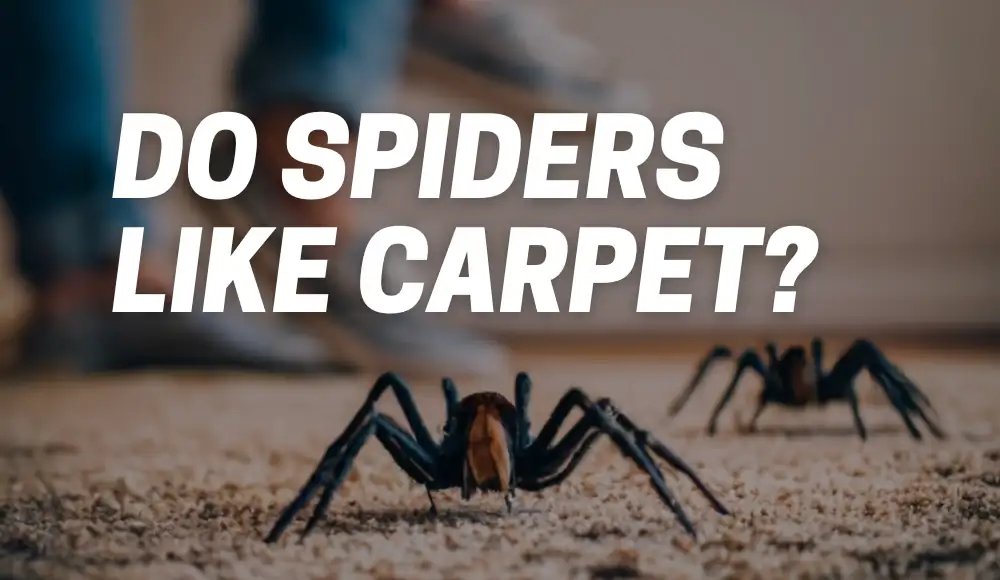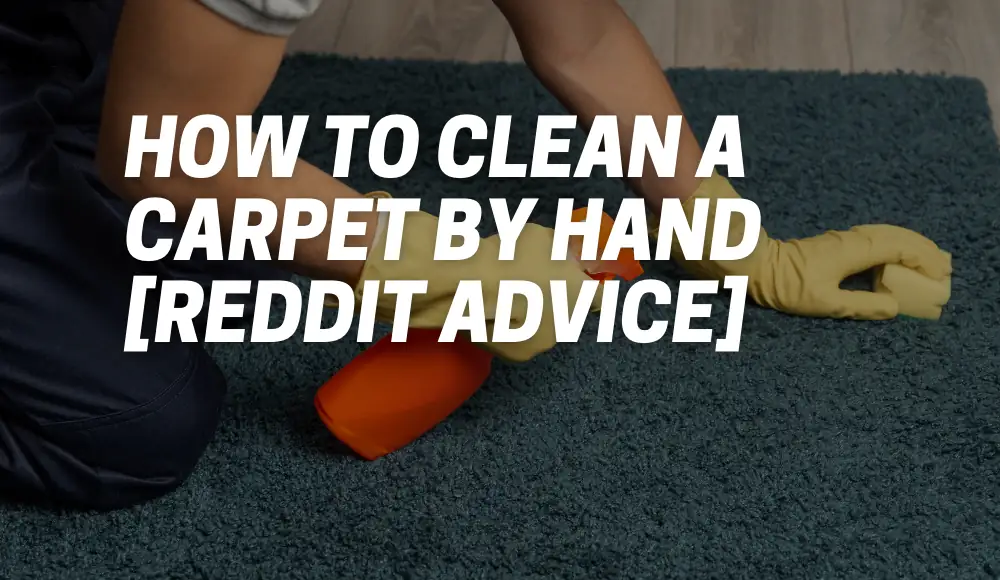Last updated on May 26th, 2024 at 06:29 am
Snake mites in carpet? It might sound like a creepy-crawly nightmare, but it’s a real concern for snake owners. In this comprehensive guide, we’ll explore the hidden world of these elusive pests, their behaviors, how to prevent infestations, and most importantly, how to evict them from your carpets. Let’s dive in!
Can Snake Mites Infest Carpets?
Snake mites are ectoparasites that infest snakes and other reptiles. They feed on the blood of their host and can cause health issues if left untreated. While snake mites primarily infest reptiles, it’s possible for them to temporarily infest other areas, including carpets and the surrounding environment, if they fall off their host.
Understanding Snake Mite Behavior
If a snake with mites is kept in an area with carpeting, the mites may fall off the snake onto the carpet. However, snake mites are specialized to feed on reptile blood and may not survive for an extended period in a carpeted environment, as they are adapted to the unique environment of a snake or reptile host. In most cases, they will not establish a long-term infestation in carpets or other indoor spaces.
Snake mites are expert hitchhikers, often transferring from one host to another when snakes come into contact. They can crawl off a snake and burrow into the carpet fibers, where they wait for their next victim. Their tiny size and reddish-brown coloration can make them challenging to spot, which is why it’s crucial to remain vigilant.
How to Get Rid of Snake Mites in Carpets
Now that you know snake mites can temporarily infest your carpets let’s discuss how to eliminate them effectively.
Cleaning and Disinfection
- Vacuum: Start by vacuuming the entire area thoroughly, focusing on seams, crevices, and corners.
- Steam Cleaning: Use a steam cleaner to eradicate mites hiding deep within the carpet fibers.
- Wash Fabrics: If your snake’s bedding is infested, wash it in hot water and use high heat in the dryer.
- Remove and Isolate: Temporarily relocate your snake while you clean the enclosure to prevent re-infestation.
- Snake Inspection: Inspect your snake for mites and treat them accordingly.
Prevention Tips
- Quarantine New Snakes: Isolate new snakes for at least a month to ensure they are mite-free.
- Regular Cleaning: Maintain a clean enclosure to discourage mite infestations.
- Proper Hydration: Ensure your snake has a clean water source, which can help deter mites.
- Examine Live Prey: If you feed your snake live prey, inspect it for mites before offering it to your pet.
Preventing Snake Mites in Snake Enclosures and Surroundings
Prevention is always better than cure. Here’s how to keep snake mites at bay in your snake’s habitat and its surroundings.
Enclosure Maintenance
- Substrate Selection: Opt for substrate materials that mites find less hospitable, like paper towels or reptile carpet.
- Regular Cleaning: Clean and disinfect the enclosure regularly.
- Hydration: Maintain proper humidity levels, as mites thrive in dry conditions.
Surrounding Areas
- No Wild Encounters: Avoid letting your snake explore the wild outdoors, as it can pick up mites and introduce them to your home.
- Quarantine Procedures: Apply quarantine measures not only to new snakes but also to any accessories or décor you introduce into your snake’s space.
Here are more user advice on treating your reptiles to get rid of snake mites:
| Topic | Key Points |
|---|---|
| Prevention of Snake Mites | – Some reptile owners have successfully used products like Taurrus mites to prevent mite infestations. |
| – Treat all reptiles in the affected area directly for mites. | |
| – Sterilize all equipment in the room, including hiding places for mites and eggs. | |
| – Ban any fur-bearing animals from the area to prevent the spread of mites. | |
| – Wash clothing immediately after exposure to snakes with mites. | |
| – Plan to retreat and repeat the process at least twice. | |
| Carpets and Affected Areas | – Mites from snakes may fall off onto carpets, but they are specialized to reptiles’ blood. |
| – Mites may not establish a long-term infestation in carpets. | |
| – To prevent mites from infesting carpets, address mite infestations in reptiles promptly. | |
| – Isolate the infested reptile and thoroughly clean and disinfect its enclosure. | |
| – Treat the reptile to get rid of mites. | |
| – Mites should not survive for an extended period in carpeted environments. | |
| Additional Notes and Suggestions | – Reptile rooms may require extra care, especially in areas with fur-bearing pets. |
| – Cleaning and treating the house may be necessary to prevent mite infestations. | |
| – Treating with specific chemicals or sprays can be effective, such as Frontline spray. | |
| – Seek advice from reptile experts and veterinarians for specific treatments and preventive measures. |
What Are Snake Mites, and How Do They Spread?
Snake mites are not just an inconvenience; they’re fascinating creatures in their own right. These tiny arachnids are typically only 0.5 mm in size and are reddish-brown. Their life cycle includes eggs, larval, nymph, and adult stages. The eggs hatch into larvae, which then molt into nymphs and finally mature into adults. They spread through contact and can survive without a host for extended periods.

Signs of a Snake Mite Infestation in Carpets
Identifying a snake mite infestation in your carpets is essential for early intervention. Look out for these signs:
- Tiny Crawlers: If you spot tiny, fast-moving specks on your snake or in your carpet, they might be snake mites.
- Residue: Mite droppings appear as tiny black specks on surfaces.
- Snake Restlessness: Your snake may exhibit excessive restlessness or constant soaking in the water dish due to discomfort.
How to Get Rid of Snake Mites Naturally
If you prefer natural methods for dealing with snake mite infestations, consider these eco-friendly options:
- Neem Oil: Neem oil is a natural repellent and can be applied to the snake’s enclosure and surroundings.
- Diatomaceous Earth: A dusting of food-grade diatomaceous earth can help kill mites without harming your snake.
—
How to Clean Snake Mite-Infested Carpets Safely
Cleaning your carpets after a snake mite infestation requires thoroughness to ensure the pests are completely gone. Here’s a step-by-step guide:
- Remove Your Snake: Temporarily relocate your snake to a safe and clean enclosure.
- Vacuum: Vacuum the carpet meticulously, making sure to reach all corners.
- Steam Cleaning: Steam clean the carpet to kill any remaining mites and their eggs.
- Wash Accessories: Clean and disinfect any accessories that were in the infested area.
- Reintroduction: Only return your snake to the cleaned space when you are confident it’s mite-free.
FAQs About Snake Mites and Carpets
Q1: Can snake mites harm humans?
No, snake mites are specific to reptiles and won’t harm humans or other pets. Human infection is rare but may happen.
Q2: How often should I clean my snake’s enclosure to prevent mites?
Regular cleaning and maintenance, at least once a week or two, is crucial to prevent mite infestations.
Q3: Can snake mites jump or fly?
No, snake mites are incapable of jumping or flying; they crawl slowly.
In conclusion, snake mites in carpets are a genuine concern for snake owners, but with vigilance and the right preventive measures, you can keep your beloved reptile and your carpets mite-free. If an infestation does occur, the key is prompt and thorough action, whether through natural remedies or professional pest control. With the knowledge and strategies presented here, you can maintain a safe and comfortable environment for your scaly friend.


